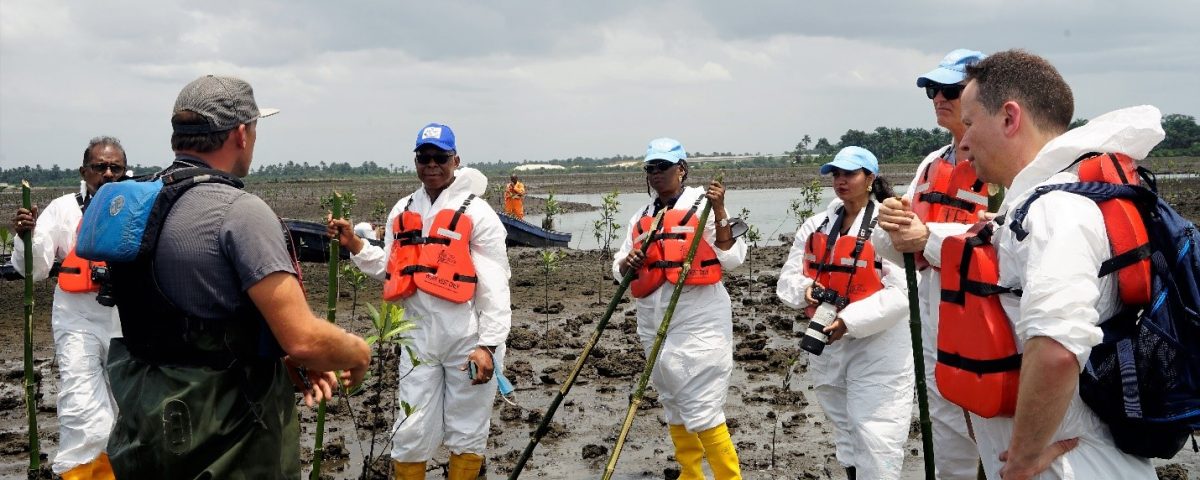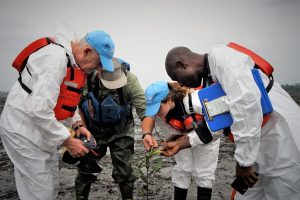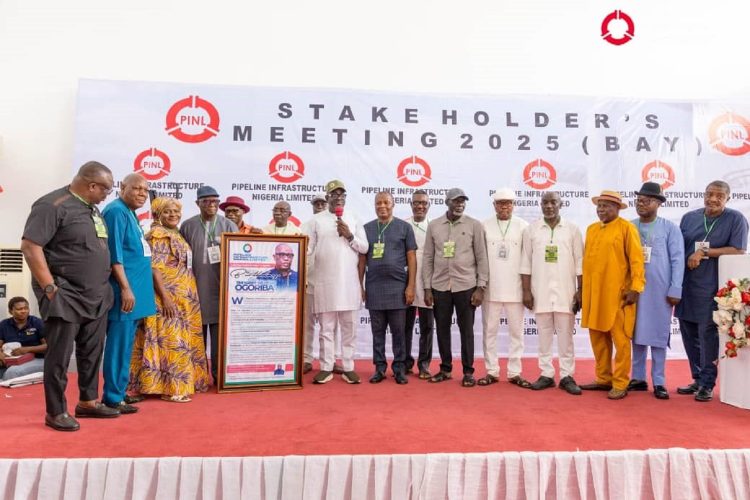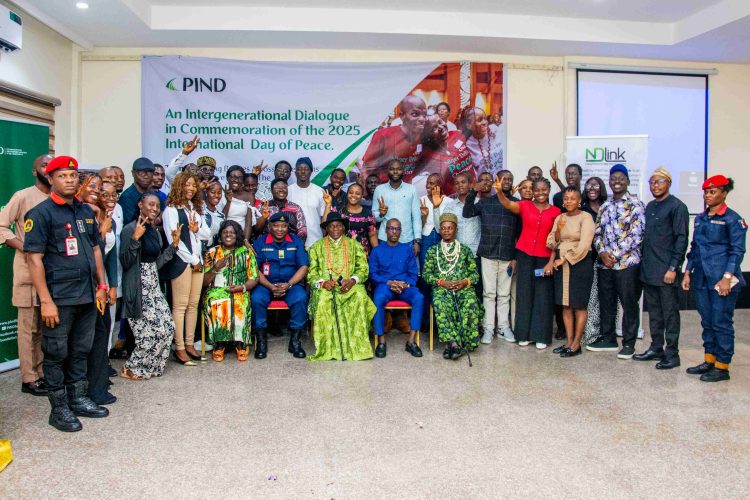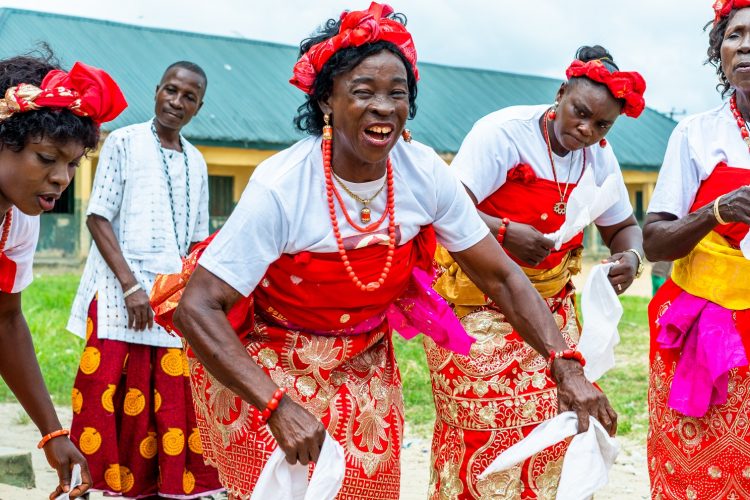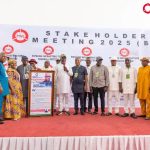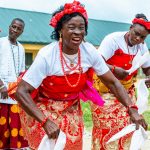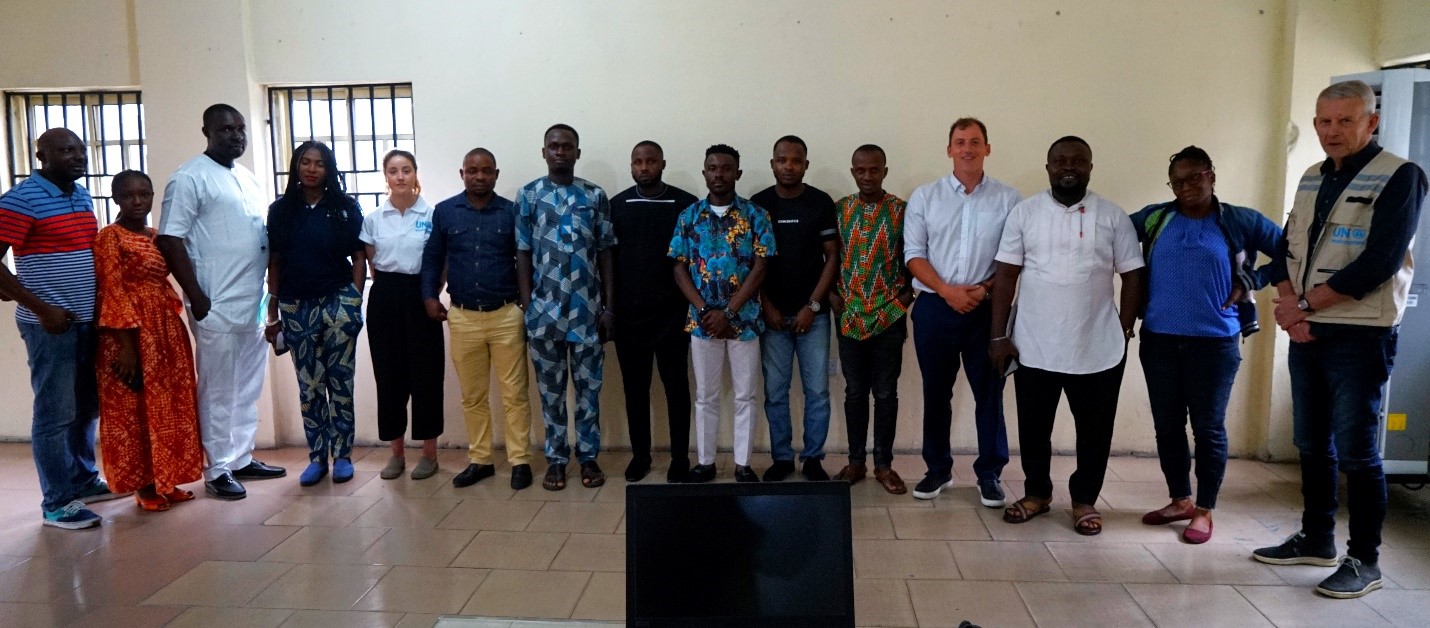
BMI and UNEP Provides GIS Capacity Training to HYPREP
March 28, 2022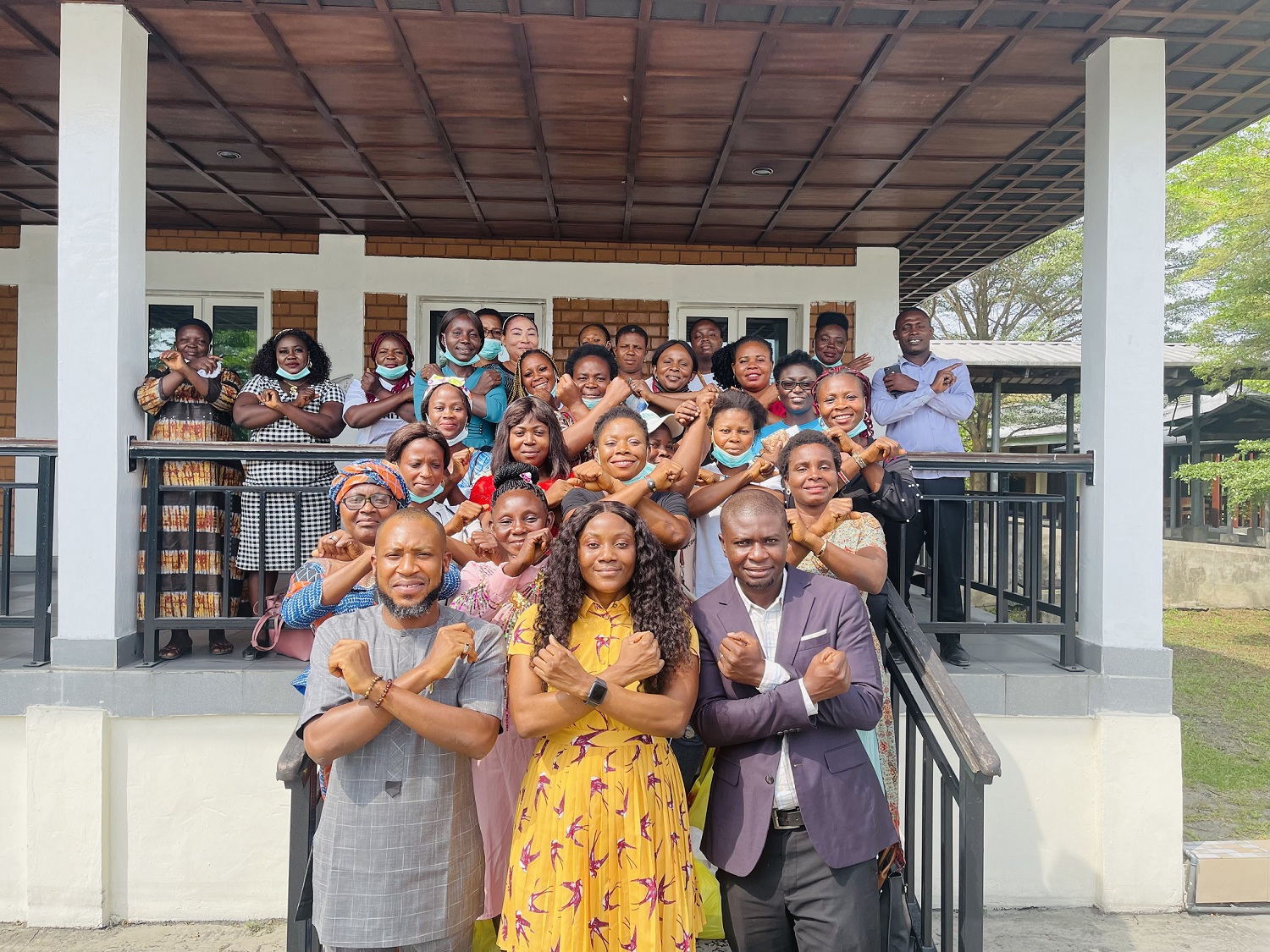
This is how PIND Celebrated International Women’s Day 2022
March 30, 2022
By Bariton Lezzabey
The United Nations Environment Programme (UNEP) team providing support to the Hydrocarbon Pollution Remediation Project (HYPREP) visited the Bodo area on the 17th and 22nd of March 2022 to physically observe progress made and share knowledge on the model being deployed by the Bodo Mediation Initiative (BMI) for the Bodo Remediation and Revegetation Project. UNEP is providing support to the Federal government cleanup intervention in Ogoniland, having carried out a study on the extent of pollution in the region and made recommendation in its “Environmental Assessment of Ogoniland 2011” report to the government.
During the survey, the BMI team illustrated various aspects of the project. Mr. Nicholas Story, the BMI Shoreline Cleanup Assessment Technique (SCAT) Leader, discussed the techniques used to assess and verify that the remediated site meets project criteria. He further explained that the criteria for closing out a work area includes SCAT verification, chemical analysis, and the successful completion of 1- and 6-month mangrove monitoring. These criteria, especially the mangrove program is novel and project specific. It is hoped that lessons learned from the Bodo Project will be adopted by other remediation efforts in the Niger Delta.
The UNEP team also visited an area that was undergoing active cleanup, specifically the raking of algal mat and the removal of tar from the sediment surface. Later, the area will undergo flushing and the released oil will be contained and evacuated to a government approved waste treatment facility. The UNEP team also viewed revegetated mangrove areas at various stages of growth. After touring the area, the team planted mangrove seedlings in a work area that has been remediated and chemically certified.
UNEP and BMI team examining a mangrove planted 7-months ago.
Mr. Mike Cowing, the Chief Technical Adviser for the UNEP team advising HYPREP, said that the visit enabled them to better understand how the Bodo Project has achieved its success. He said “I am extremely impressed by the progress that has been made in terms of the cleanup, the consistent evaluation of the project activities on a weekly basis, and equally the reforestation efforts of planting new mangrove seedlings. This is very impressive… and I can see those young mangrove plants planted about 3 years ago after the phase 1 free-phase oil removal when I was with the BMI looking well established and grown. This is an indication that BMI is getting it right. The effort makes me very happy and optimistic for the future not just for the BMI but for HYPREP’s subsequent mangrove restoration initiatives which will learn the lessons of BMI and build on the good work that’s already been undertaken”.
He went further to state that “There are many learning points and take-aways, and central to this would be to make sure that HYPREP is fully engaged with the local communities in terms of their initiatives, livelihood generation, the creation of multiple jobs in different disciplines, in oil spill response and remediation, raising nurseries or in planting mangroves and management/monitoring of the mangroves after planting”.
In conclusion, he noted that “One of the major success factors of the BMI is putting the community at the center of everything that is done. HYPREP can’t operate in isolation or in a vacuum; everything should be done in consultation with the local communities to get their approval and understand their wishes and aspirations and work with them going forward”. Mike Cowing was the BMI Project Director in-charge of the Bodo cleanup project from 2017 – 2019 before moving to UNEP.
Prof. Barineme B. Fakae, the UNEP HYPREP adviser to pioneer plans for the Centre of Excellence for Environmental Restoration (CEER) admitted that the tour was very important in that “It has allowed me to see that a remediation program can be incorporated into learning centers to guide similar efforts of oil spill remediation. Seeing this today gives us hope for CEER, which plans to have field laboratories where researchers will come to learn from the Bodo Cleanup Project”. Prof. Fakae concluded by stating that “the BMI model is a big success and will stand as a reference that will be adopted for best practice on remediation in the Niger Delta… and it’s evident by the massive mangrove revegetation going on in the Bodo creek”. The UNEP report recommended the establishment of the CEER in Ogoniland to promote learning in other areas impacted by oil contamination, in the Niger Delta and elsewhere in the world. Offering a range of activities and services, the CEER is expected to provide training, promote shared learning in environmental monitoring and restoration, and ultimately become a model that will attract local, national, and international attention.
NDLink featured in International Spill Control Organization Newsletter


